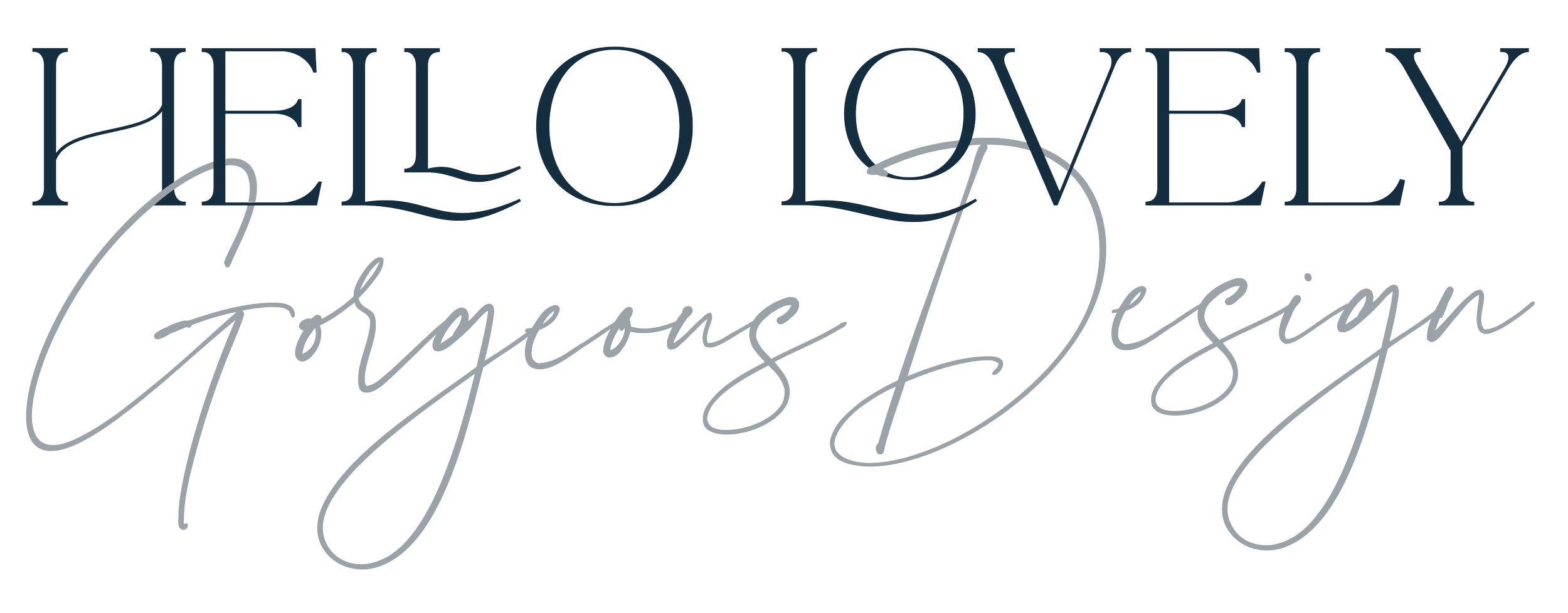What to do when fonts are retire
What it means and how to solve it.
Earlier this summer, Carter and Cone and David Berlow’s Font Bureau removed all their fonts from the Adobe Font library. In March, House Industries also retired their fonts. Carter and Cone’s decision took away 50 families or 700 fonts. This isn’t uncommon, not all business relationships are endless. The Creative Cloud licence that I pay for has never promised lifelong access. This post isn’t meant to be a grumble about Adobe, but to highlight the implications and possible solutions as decisions like this can impact on branding, print and websites.
The important thing to note before we get stuck in, is that fonts are software so it each font requires a licence based on the number of users and the purpose (web or print). Sharing fonts isn’t good practice and it is illegal.
What does font retirement mean?
It’s removing the font from the database of the host. In this case Adobe. It can be lack of use, or often more complicated business decisions. Adobe say that ‘We are occasionally obligated to remove fonts from the font library, typically at the request of the foundry.’ On other platforms where fonts are beta tested it maybe to due technical issues or incorrect coding.
What’s the impact of this on my job?
Using Adobe Fonts or any cloud based platform does mean that some data is saved to the user’s computer but once Adobe remove the font data files, they’re completely gone. In summary, the user has no control over this.
It also affects any Adobe Stock images where the font appears, or templates created by Adobe (Hello Lovely is entirely bespoke and unaffected by this). Note that Adobe fonts cannot be used in Canva.
Users will get a warning. Adobe posts details about font retirement 30 days before it happens on their website. They also email account users seven days beforehand.
Sometimes fonts are revised not retired. Alverara PE was completely updated and replaced, as opposed to being removed.
Adobe say that websites will still keep the fonts, but they won’t be there for new projects.
Any file that has the font altered into a graphic or rasterised in some form will still show the font - PDF and images do this. Likewise anything that embeds data such a video will still show it. Any file that references data on a computer, such as Indesign, Illustrator or Word files, will lose the information and the font will need to be replaced. You’ll probably see all instances default to a system font like Minion Pro. Yes, it hurts, I know.
Problems and solutions
I suggest that as soon as you are aware of the font removal, make a PDF or image of the project with all the glyphs or screen grab the glyph panel (under the Font menu in Indesign). Then you have a visual record of what you’ve been using. This mean you can match a new font.
If you are midway through a project you could change the font. This will result in extra checking because not all fonts are the same size or contain the same set of glyphs. This decision requires careful planning. This is the route I took, using my knowledge of typography to match and replace the font with a very similar Google font.
Check the schedule and scope. If it’s a one-off project, can you work on getting the project to print before the font is retired? It’s somewhat risky as it means reprints can be problematic. Also allow for wiggle room in case of any print issues.
If your client , or you, wish to use the font (and it’s still available), then you can buy the licence from the foundry. This will add to the cost of the job. For example, a single user desktop licence for Big Caslon costs $315. Typotheque, a font foundry, say this “If a designer is making a poster for a client, it is the designer (end user), not the client, who needs to buy a font licence. If clients wish to use the fonts as well, then they too need to buy their own licences.” Buying the font has the advantage that you can use the font on other work and you own the right to use it.
Designers can email Type Network and ask for a cost, they were doing deals for Adobe users.
Takeaway
If you see a font on Adobe that you think is perfect, do a bit of digging around and check that it’s available elsewhere, just in case. Consider the cost of buying it from the foundry for repeat and long-term clients. My own logo fonts for Hello Lovely are bought direct from the foundry so I have the font files on my Mac. I also have many typefaces I use frequently in book design so I’ve bought those too. Also look at more stable places to source fonts. Ideally (hopefully) Adobe won’t sell or retire their own fonts so look for Adobe’s own fonts. Font Squirrel seems to retain fonts for a long time too.
For more resources on fonts click here
